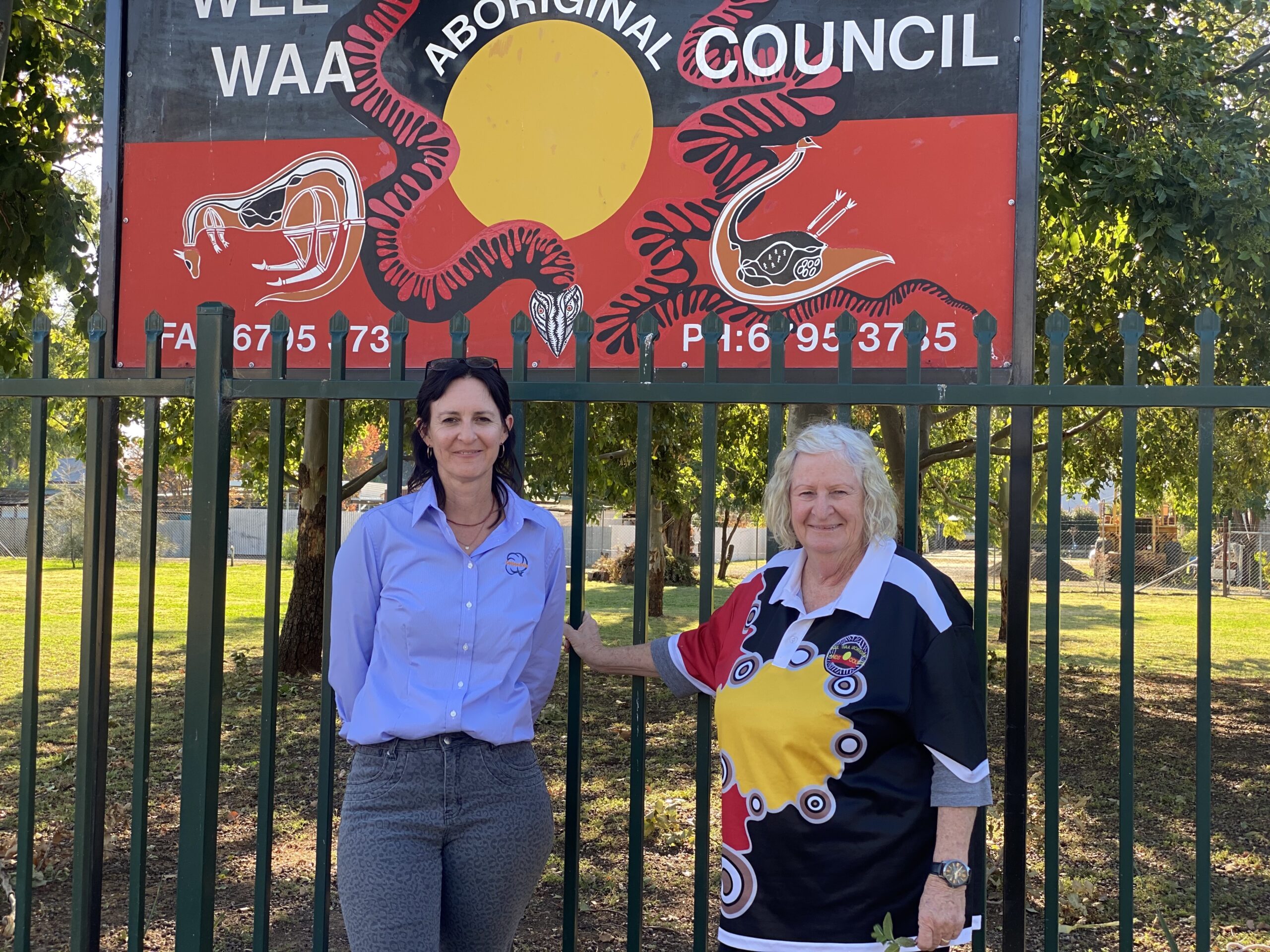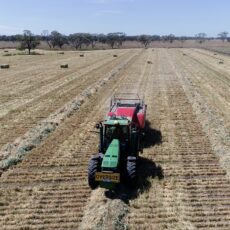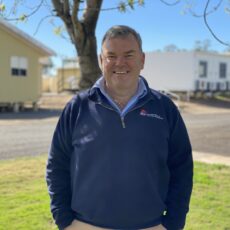An exciting collaboration between Wee Waa Local Aboriginal Land Council and CottonInfo resulted in a workshop being held recently about how to propagate and grow native plants for food and medicine.
“I think it’s wonderful for land councils to be working with the community,” said Wee Waa LALC chief executive officer Robyn Keeffe.
Mrs Keeffe said LALC wanted to be involved in the partnership to share experiences and knowledge regarding native grasses as interest in the rejuvenation and revegetation of the land grows.
“We’re going to be getting a small portable greenhouse up and running,” said Mrs Keeffe.
“We want to put the greenhouse up for the propagation of seeds and hopefully it will be available for students to be able to use it too.”
CottonInfo tech lead Stacey Vogel said the Florabank workshop was the first in a series of courses that aim to improve the skills of people living in regional communities and help them restore biodiversity across cotton farms and local landscapes.
CottonInfo is a joint venture between three cotton industry bodies and it connects growers with research.
“The workshop is about providing communities with the latest information around the methods and techniques for propagating and growing native plants so they can grow their own native vegetation using plants that have local provenance which means that they’re more likely to survive because they are adapted to local climatic conditions and also our soils,” said Mrs Vogel.
“We’re really trying to work with the community and give people those skills so that you can go out and collect a local seed and grow a local seed and then the chances of survival, of what you plant, is going to be much higher.”
Mrs Vogel said the plant propagation workshop was held as part of the Cotton Landcare Tech Innovations 2021 project, which is funded by the Cotton Research and Development Corporation in partnership with the Australian Government’s National Landcare Program Smart Farming partnership initiative.
“It’s a three-year project which is about developing cutting edge technologies to help the Australian cotton industry better manage and report on biodiversity on cotton farms,” said Mrs Vogel.
“We had participants today who included members of LALC, we had a lady who is a technical officer with Sydney University with their native grass project, an instructor from Moree TAFE working in the biodiversity and botanical gardens space who wanted to learn more about plant identification so he can help educate his students.”
Mrs Vogel said participants were lucky enough to spend time at the Kahl family property, just outside Wee Waa, to learn more about how the farming family is taking part in a biodiversity restoration project with Landcare and iconic fashion label Country Road.
“We will be holding a third workshop for existing and new participants that will be held in Spring when everything is flowering and fruiting and we can take them out to collect different things,” said Mrs Vogel.
“I think that there is increasing interest in the tools that are available to assist growers who are trying to improve biodiversity in these landscapes.
“And there’s some great partnerships that are providing landholders with the tools that are available to improve biodiversity.
“One of the challenges of doing biodiversity restoration is just having the technical skills to actually know what sort of plants you should put in, how do you do it and how do you do it successfully.
“It costs a lot of time and money, so those partnerships are great and we’ve been able to help with this workshop.”
Mrs Vogel said CottonInfo’s collaboration with LALC was a fantastic opportunity to access information as well as improve resilience and viability across farms and landscapes in the area.
“If LAC, as planned, can establish overtime a native plant nursery where they’re able to produce plants from local seed and then provide those to cotton farmers to do restoration, and to other farmers to do restoration then that would be a great thing because it’s really hard accessing tubestock particularly after the drought.”
Read more stories like this:
- Interest in drones’ role in revegetation
- Aged care residents see bee-hind the scenes of beekeeping | PHOTOS
- Local teachers given a lesson on cotton growing









